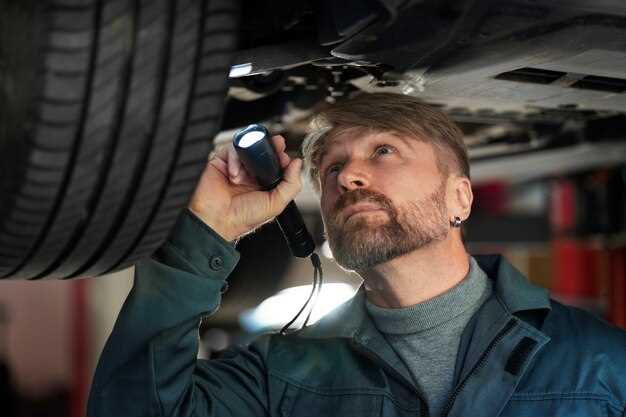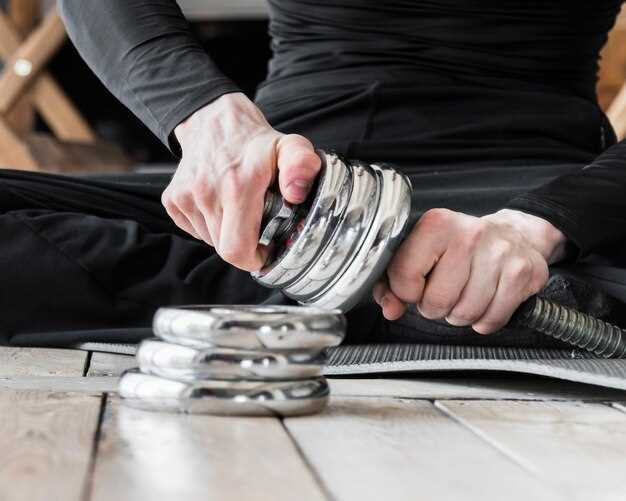
When it comes to achieving peak performance on the track, one of the most critical aspects of vehicle setup is the suspension. Specifically, the choice and configuration of coilovers can significantly impact handling, stability, and overall lap times. In this article, we will delve into how to effectively optimize suspension setup with a focus on coilovers to unlock your car’s true potential on the racetrack.
Coilovers provide adjustable damping and ride height, allowing enthusiasts and racers alike to tailor their vehicle’s response to specific track conditions. Understanding the relationship between spring rates, compression, and rebound settings is essential for tuning coilovers to match driving style and track characteristics. By experimenting with these variables, drivers can fine-tune their setup for maximum grip, reduced body roll, and improved cornering performance.
Moreover, balancing the suspension geometry is crucial when optimizing coilovers. Considerations such as camber angle, toe settings, and ride height all influence how a car interacts with the track surface. Properly adjusting these parameters can lead to a more planted feel, allowing for greater confidence in high-speed corners and braking zones. This article will guide you through the methodology of effectively adjusting coilovers and provide insights into best practices for suspension setup tailored for track performance.
Choosing the Right Coilovers for Your Track Needs

When selecting coilovers for track performance, it’s crucial to consider several factors that directly influence handling, stability, and overall lap times. The right set of coilovers should provide optimal adjustments for compression and rebound damping, allowing you to fine-tune your vehicle’s suspension to match different track conditions.
One of the first aspects to evaluate is the spring rate. Stiffer springs can improve handling by reducing body roll during cornering, but they can also lead to a harsher ride. It’s essential to strike a balance between comfort and performance, which often involves trial and error based on your driving style and track characteristics.
Another vital feature is the adjustment range of the coilovers. Look for options that offer a significant range of ride height adjustment. This ensures that you can set the car up for different tracks, accommodating varied elevation changes and surface conditions. Proper ride height plays an essential role in maintaining correct alignment settings and optimizing weight distribution.
Speaking of alignment, the choice of coilovers should allow for sufficient camber and toe adjustments. Many track-focused coilover systems come with adjustable top mounts or camber plates, enabling precise tuning of your alignment settings. Proper alignment is critical on the track, as it affects tire contact patch, grip levels, and overall handling response.
Lastly, consider the reputation and reviews of the brand. Investing in high-quality coilovers can significantly enhance your performance on track days. Brands that are well-regarded in the motorsport community often provide better customer support, consistent performance, and a more reliable product. Ultimately, choosing the right coilovers is about aligning your vehicle’s capabilities with your specific driving needs, enhancing both your experience and performance on the track.
Fine-Tuning Alignment Settings for Improved Cornering

Alignment settings play a crucial role in maximizing a vehicle’s cornering capabilities on the track. Proper alignment ensures that the tires maintain optimal contact with the road surface, which translates to enhanced grip and stability during turns. Adjustments to camber, toe, and caster angles can significantly influence how a car handles in corners.
Camber refers to the angle of the tires relative to the road surface when viewed from the front. A negative camber angle helps improve cornering performance by allowing the tire to maintain better contact with the road during lateral forces. As the vehicle leans into a turn, negative camber compensates for the shift in weight distribution, thereby increasing the tire’s contact patch and grip. However, excessive negative camber can lead to uneven tire wear and reduced straight-line performance, so it’s essential to find the right balance.
Toe settings determine the direction of the tires relative to the centerline of the vehicle. Adjusting the toe can impact the responsiveness and stability of the car in corners. A slight toe-out setting can improve turn-in response, making the vehicle feel more agile as it enters a corner. Conversely, a toe-in setting can enhance straight-line stability, which is beneficial on high-speed tracks. Fine-tuning these settings based on track conditions and driving style can yield noticeable improvements in cornering dynamics.
Caster angle also contributes to cornering performance by affecting steering feel and stability. A positive caster angle increases the self-centering force of the steering wheel, promoting better control during high-speed cornering. This setting helps maintain the tire’s contact patch under load, thereby enhancing grip. However, excessive caster can make the steering feel heavy and less responsive, so it’s vital to adjust it carefully based on driver preference and feedback.
Ultimately, achieving optimal alignment settings requires a combination of precise adjustments and track testing. Drivers should continually assess how their vehicle responds to different alignment configurations while being mindful of tire wear and handling characteristics. By fine-tuning alignment settings, performance can be maximized, resulting in improved cornering and overall track performance.
Understanding the Impact of Ride Height on Handling Dynamics
Ride height is a critical factor in automotive suspension setup, significantly influencing handling dynamics and overall performance on the track. Adjusting the ride height involves changing the distance between the vehicle’s chassis and the ground, which can directly affect the center of gravity, weight distribution, and aerodynamics.
Lowering the ride height generally enhances the vehicle’s stability by reducing the center of gravity. This alteration minimizes body roll during cornering, allowing for improved grip and quicker response times. However, it’s essential to maintain an optimal ride height; excessively low setups may cause ground clearance issues, particularly on uneven surfaces or over bumps, leading to negative handling characteristics.
On the other hand, increasing ride height can improve suspension travel and allow for better shock absorption over rough terrain, yet it may compromise aerodynamic efficiency and encourage body roll. For track-focused setups, it’s crucial to strike a balance that provides both stability and compliance.
Coilovers are a popular solution for fine-tuning ride height, as they allow for precise adjustments to both spring preload and shock damping. By selecting the appropriate coilover system, drivers can optimize their vehicle’s stance to achieve the desired handling dynamics. The combination of height adjustment and damping settings can facilitate a tailored suspension response, accommodating various track conditions and driving styles.
Ultimately, understanding the relationship between ride height and handling dynamics is vital for enhancing track performance. Careful consideration of how it interacts with suspension components, such as coilovers, will lead to more effective setups and improved lap times.
